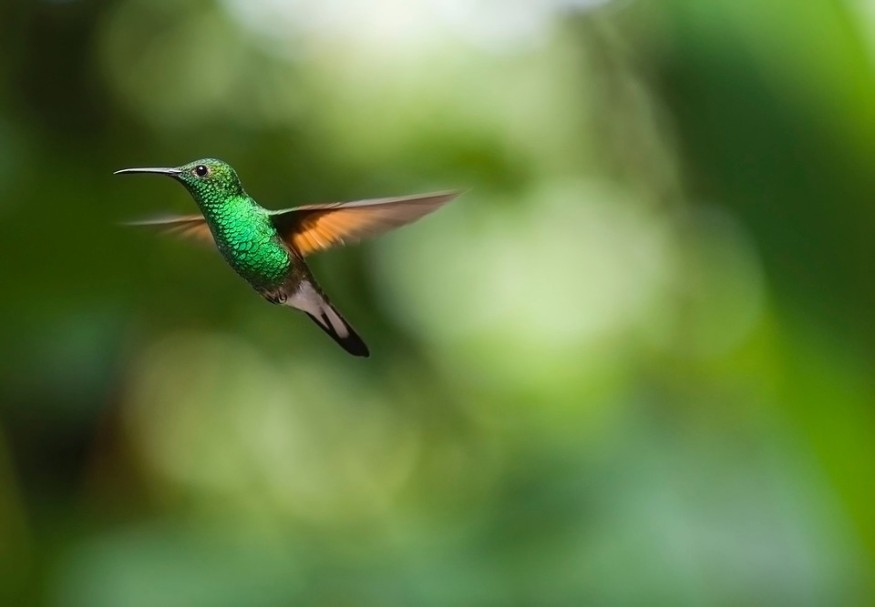A piece of good news: the Clean Air Act that is meant to protect humans from the dirty air also saving birds, a new study revealed.
According to the authors, the improved air quality resulting from a federal program to reduce ozone pollution may have averted the loss of 1.5 billion birds or 20 percent of birdlife in the United States in the past 40 years.
The study was conducted by researchers from Cornell University and the University of Oregon and was published in the Proceedings National Academy of Sciences today.
The study findings reveal that the benefits of the Clean Air Act have been underestimated. The reduction of pollution had an unexpected impact and thus provided an additional policy level for conservation efforts, Ivan Rudik, the lead author, said. Rudik is an Assistant Professor at Cornell's Dyson School of Applied Economics and Management.

READ: Study Finds that the Largest Trees Capture Much More Carbon and Dominate Forest Carbon Storage
The significance of ozone
Ozone is a gas that occurs in nature, but human activities may also produce it. Sources for human activities are plants and cars. The ozone layer is beneficial, but it also has a bad side. A layer of ozone in the atmosphere protects the Earth from the sun's harmful ultraviolet rays. However, the ozone at the ground level is the main pollutant in smog and is dangerous.
Study methodology
The study analyzed the relationship between bird abundance and air pollution using models that combined bird observations from the Cornell Lab of Ornithology's eBird program. The data from the eBird Program was then compared with ground-level pollution data and existing policies that may have influenced it.
Bird abundance, air quality, and the regulation status of 3,214 U.S. counties over 15 years were also studied.
The focus was on the nitrogen oxide Budget Training Program implemented by the U.S. Environmental Protection Agency. The program aimed to protect human health by limiting summertime emissions of ozone precursors, especially from huge industrial sources.
READ ALSO: What Happens After the US Leaves The Paris Climate Agreement?
Ozone pollution and its impact on birds
The study team's finding suggests that ozone pollution is detrimental to small migratory birds such as sparrows, warblers, and finches. These birds consist of 86 percent of all North American land bird species. Ozone pollution damages the birds' respiratory system and compromises its food sources, thereby indirectly harming the bird.
Study author Amanda Rodewald, the Director of the Center for Avian Population Studies at the Cornell Lab of Ornithology, explained that ozone could cause direct physical damage to birds and compromise plant health, and reduce the number of insects that birds consume.
Birds unable to access quality habitat or food sources may not survive or fail to reproduce successfully. The environmental policies that aim to protect human health have significant benefits for the birds as well, Rodewald said.
A separate study by the Cornell Lab of Ornithology revealed that nearly three billion birds have declined since 1970, indicating that without the Clean Air Act regulations, the loss of birdlife may have been 1.5 billion or more.
Significance of the study
According to Catherine King, Tisch University Professor at the Cornell Dyson School of Applied Economics, the study on Clean Air Act concerning birds is "the first large-scale evidence that ozone is associated with declines in bird abundance in the United States, and that regulations intended to save human lives also bring significant conservation benefits to birds."
Check out more news and information on Air Pollution on Nature World News.
© 2025 NatureWorldNews.com All rights reserved. Do not reproduce without permission.





